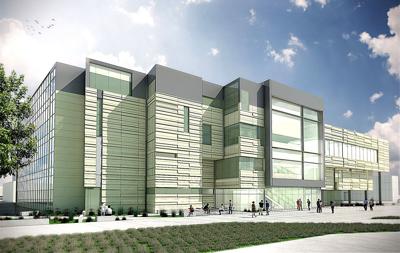WATS 6850 - Geomorphic Change Detection - Restoration Monitoring

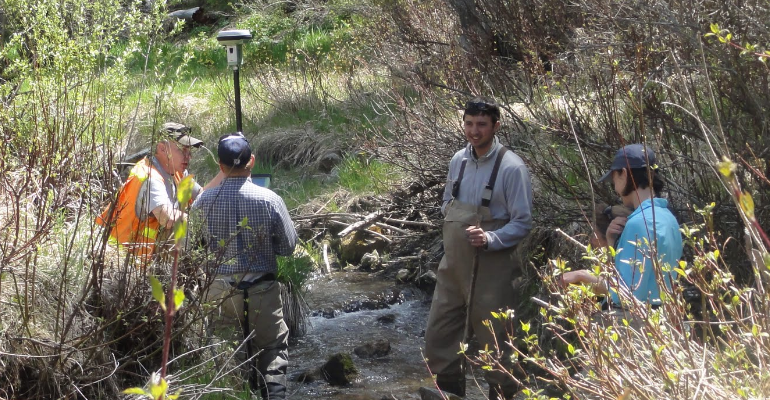 Get out and learn about how to measure topographic change.
Get out and learn about how to measure topographic change.
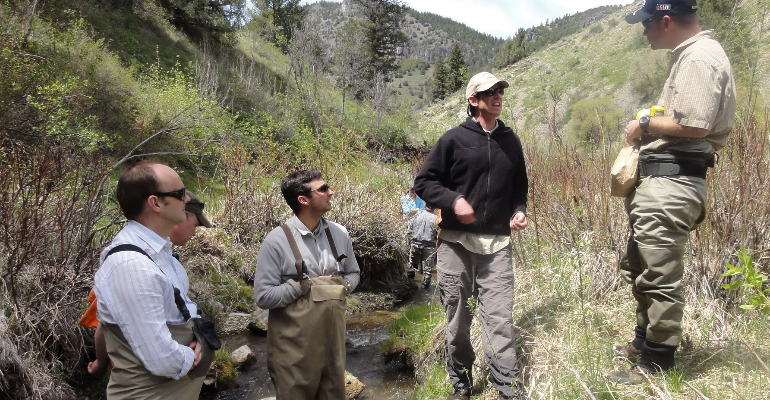 Practical real world examples.
Practical real world examples.
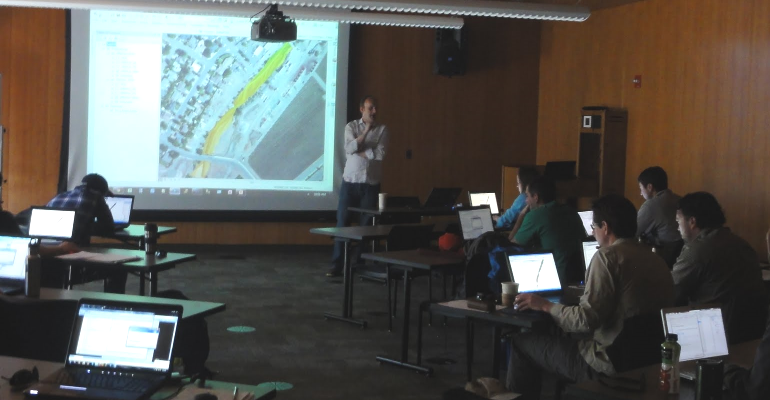 Lectures on GCD theory together with hands-on exercises.
Lectures on GCD theory together with hands-on exercises.
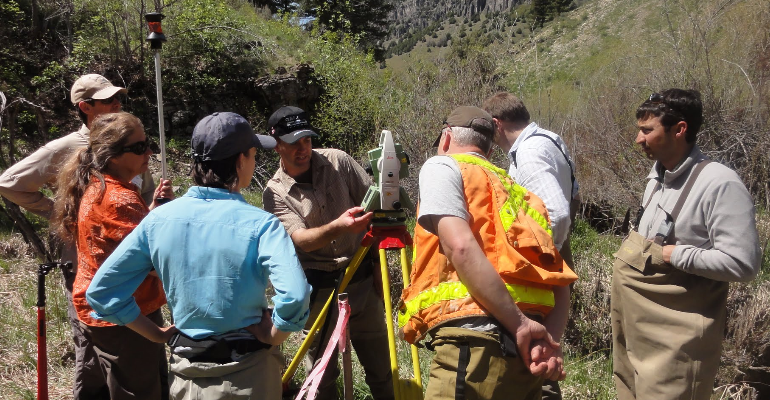 Learn about equipment used to measure topographic change.
Learn about equipment used to measure topographic change.
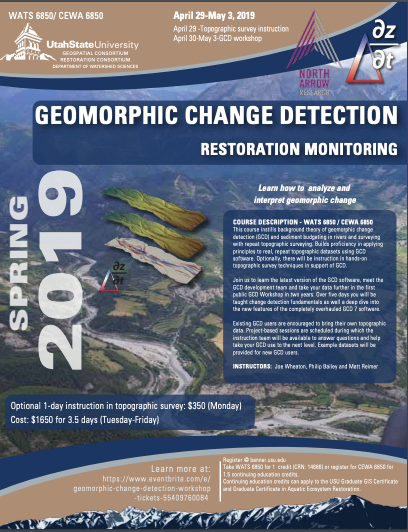 Join us to learn the latest version of the GCD Software, meet the GCD development team and take your data further in the first public GCD Workshop in two years.
Over five days you will be taught change detection fundamentals as well a deep dive into the new features of the completely overhauled GCD 7 software.
Join us to learn the latest version of the GCD Software, meet the GCD development team and take your data further in the first public GCD Workshop in two years.
Over five days you will be taught change detection fundamentals as well a deep dive into the new features of the completely overhauled GCD 7 software.
Existing GCD users are encouraged to bring their own topographic data. Project-based sessions are scheduled during which the instruction team will be available to answer questions and help take your GCD use to the next level. Example datasets will be provided for new GCD users.
Early-Bird Registration Discounts
Register early (prior to February 28) and save:
- First 15 will save $300 off 4 day registration with promotional code
earlybirdgcd
To redeem discount, go to register on eventbrite, purchase ticket and enter code (only one code per purchase).
Matriculated Graduate Students
This course is available for one credit to USU graduate students as WATS 6850 - Spring 2019 CRN 15043 USU students must register using Banner.
Date & Times
Pre workshop:
- 1 Day Pre-Workshop (April 29): 9:00 - 5:00 - Topographic Surveying to Support Geomorphic Change Detection
This GCD worskhop will span four days from April 30th to May 3rd 2019.
- Day 1 (April 30): 9:00 - 5:00 - Principles of Change Detection
- Day 2: 9:00 - 5:00 - Applications of Change Detection
- Day 3: 2:00 - 5:00 - Student Projects (Morning: Time for students to do their projects)
- Day 4 (May 3rd): 10:00 - 2:00 - Advanced Error Modelling
For those with extensive experience in topographic surveying, they can opt out of Day 1 and just attend Days 2-5.
Instructors
 Joe Wheaton - Associate Professor in Department of Watershed Sciences @ Utah State University
Joe Wheaton - Associate Professor in Department of Watershed Sciences @ Utah State University
 Philip Bailey - Adjunct Professor in Department of Watershed Sciences @ Utah State University & Owner of North Arrow Research
Philip Bailey - Adjunct Professor in Department of Watershed Sciences @ Utah State University & Owner of North Arrow Research
 Matt Reimver - Software Engineer & Guru @ North Arrow Research
Matt Reimver - Software Engineer & Guru @ North Arrow Research
Venue
Our workshop will be taught in USU's new Life Sciences Building in Room LSB 225A.
More information on Logan, USU Venue
Course Texts
We will rely heavily on the primary literature for course readings. Reading assignments will be set. However, we will use one text for this course as a reference on understanding fluvial systems and interpreting geomorphic changes.
- Fryirs KA and Brierley GJ. 2013. Geomorphic Analysis of River Systems: An Approach to Reading the Landscape, First Edition. Blackwell Publishing Ltd.: Chichester, U.K., 345 pp.
More Information
More Information
